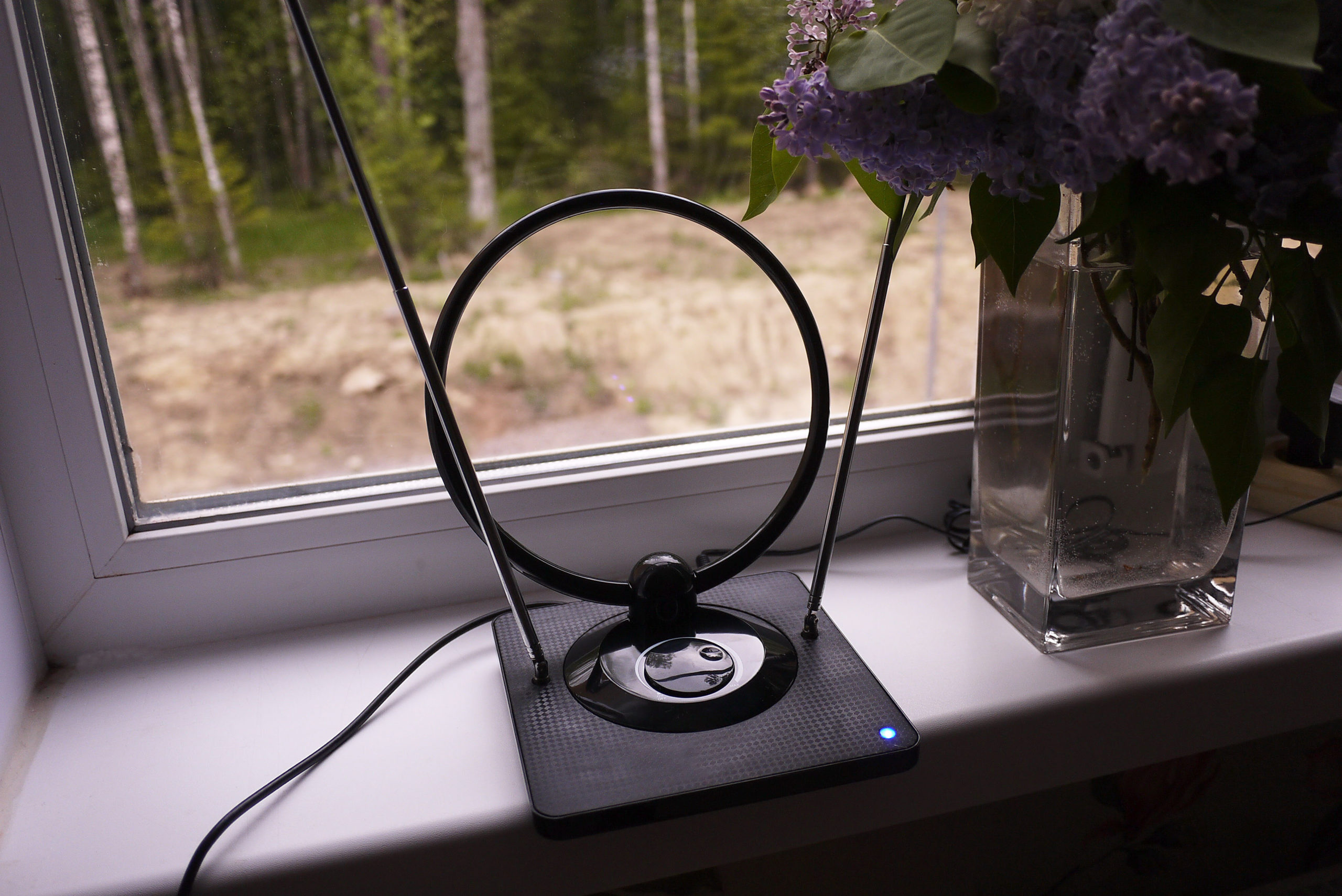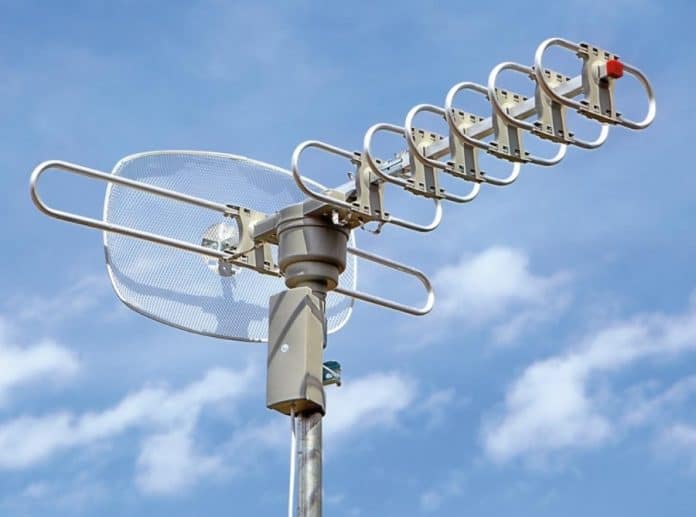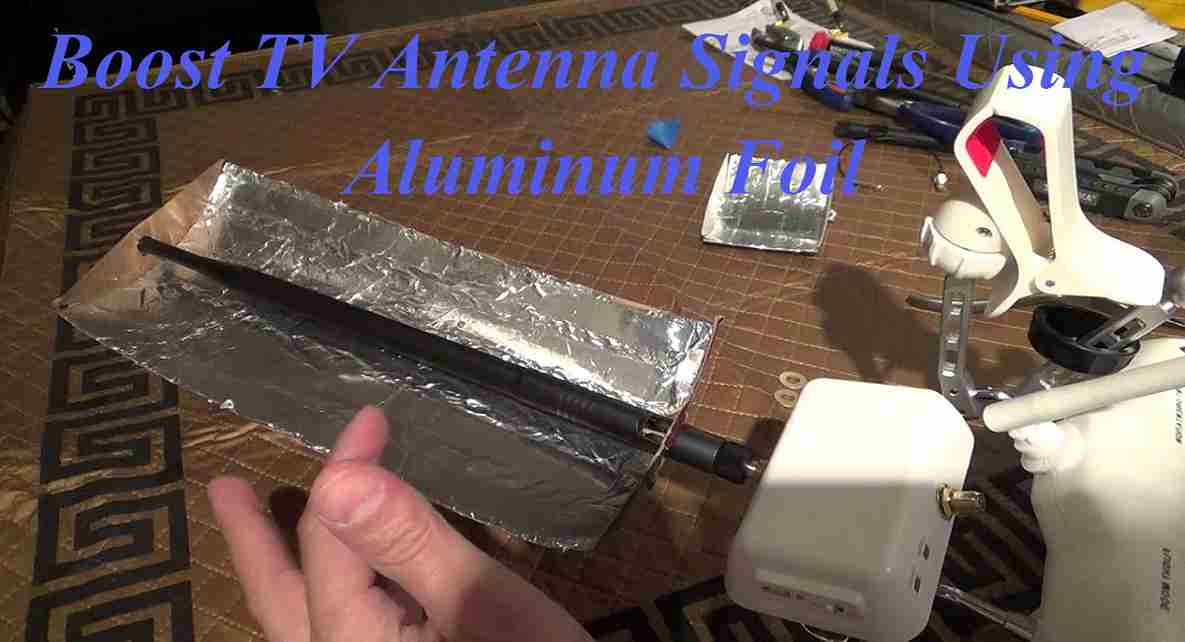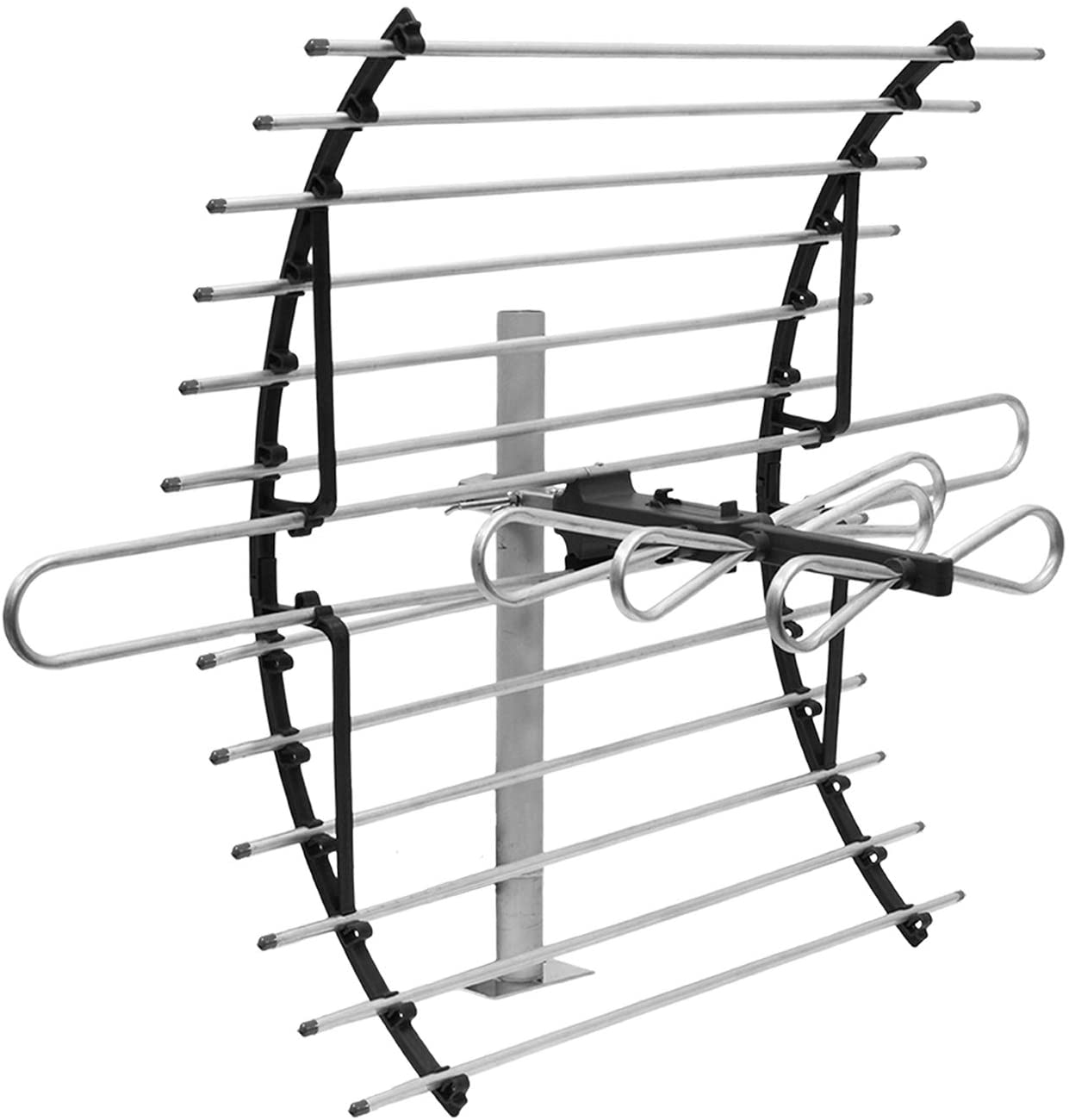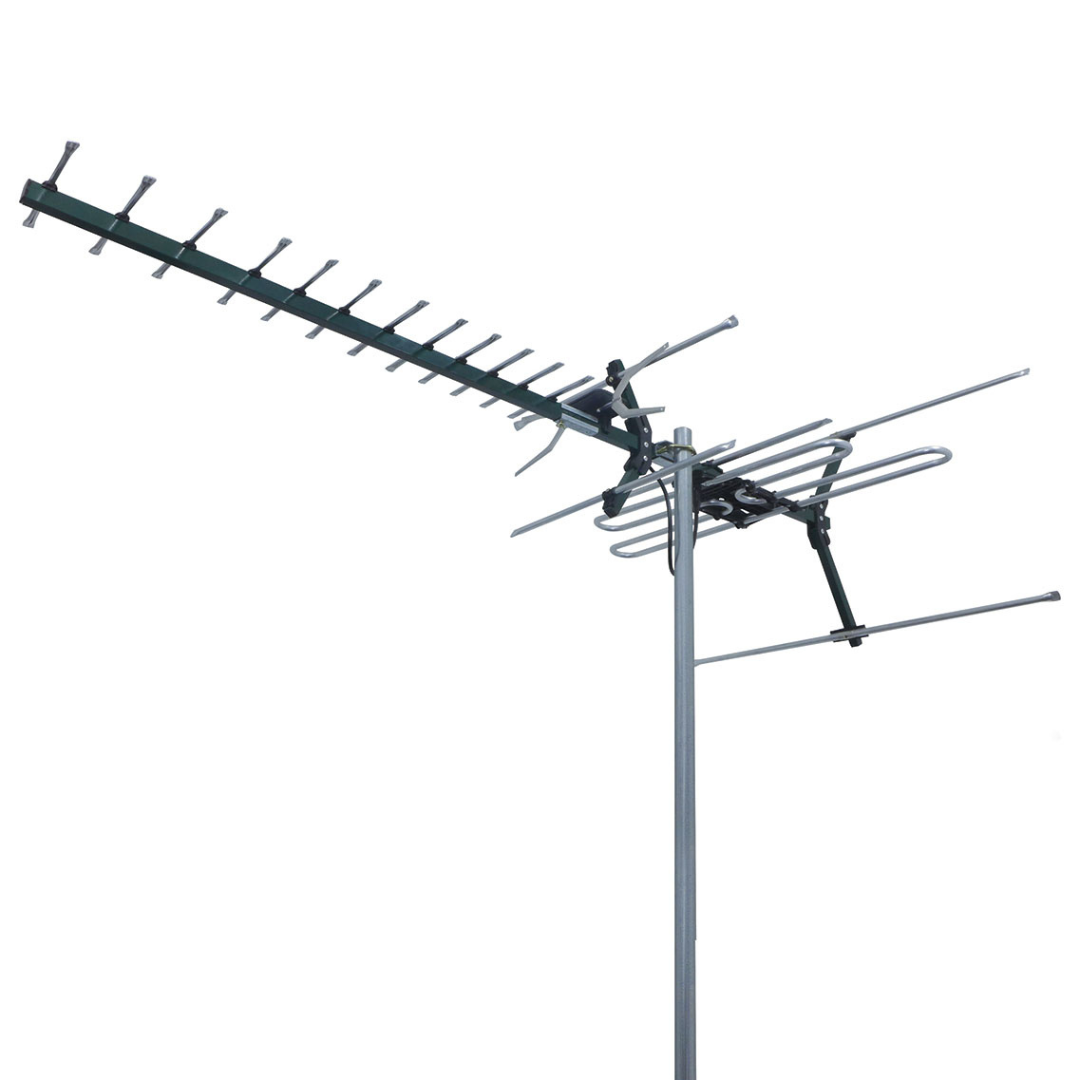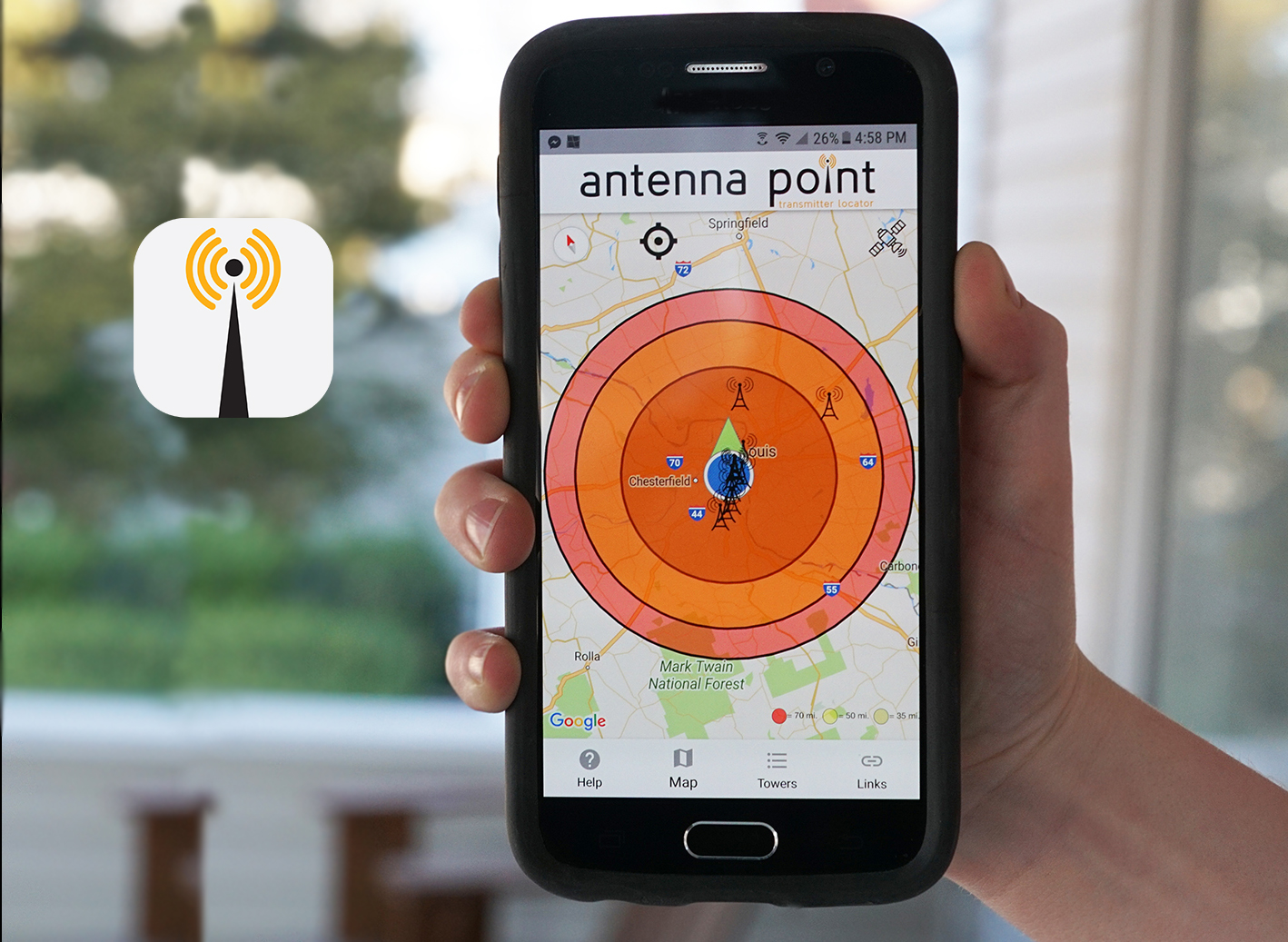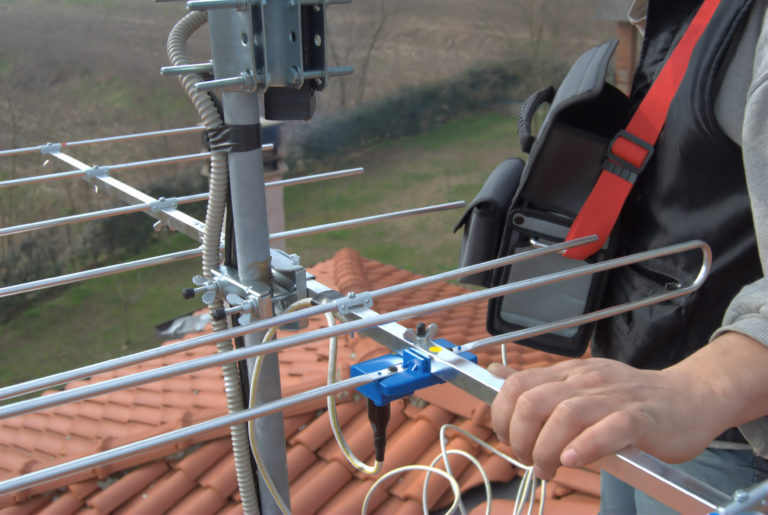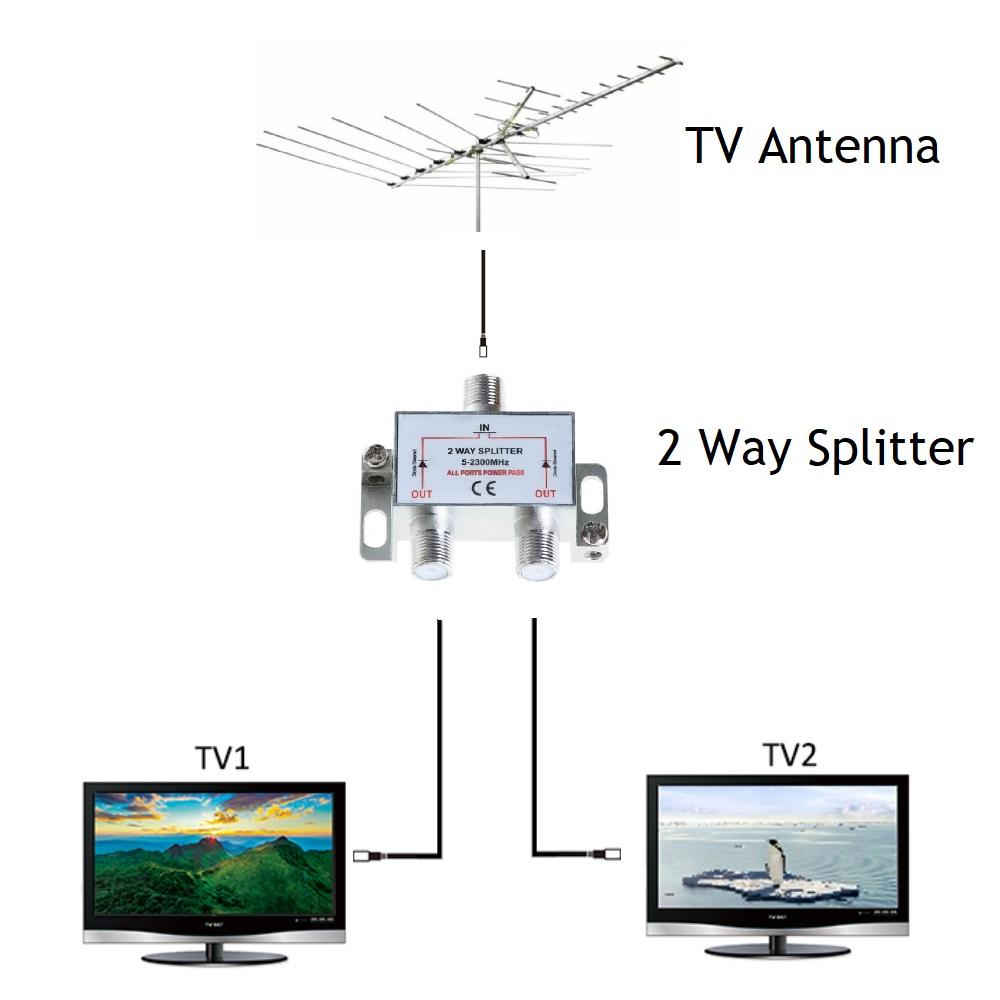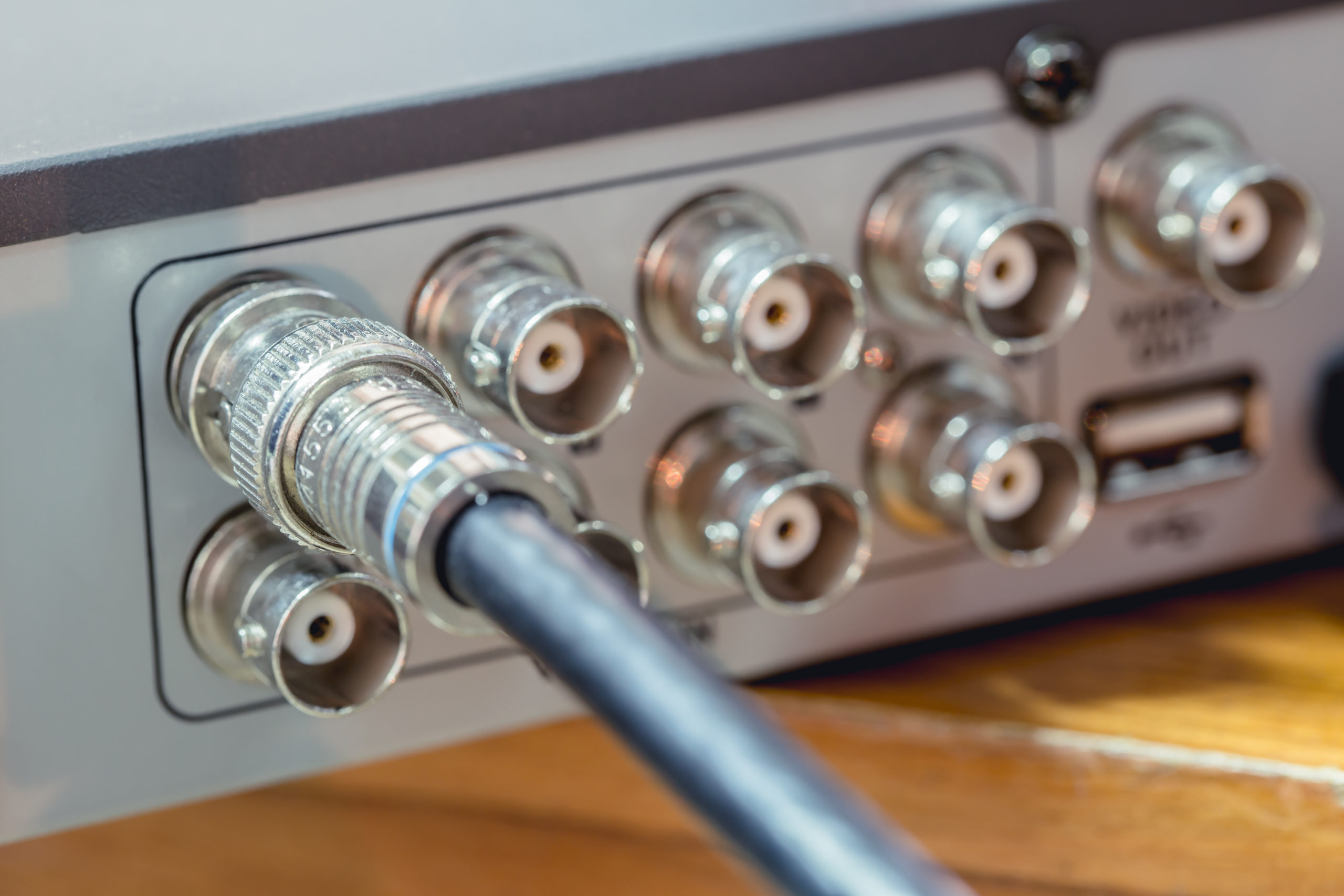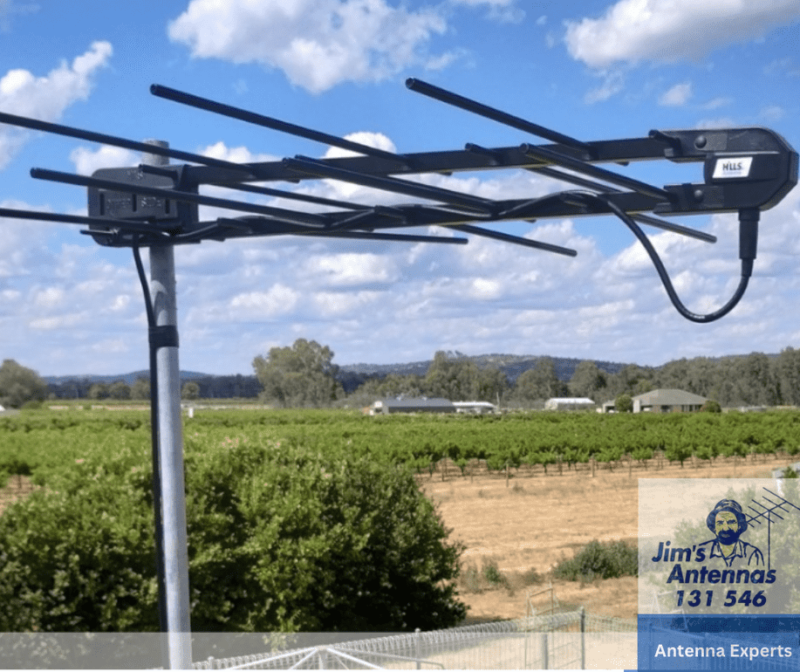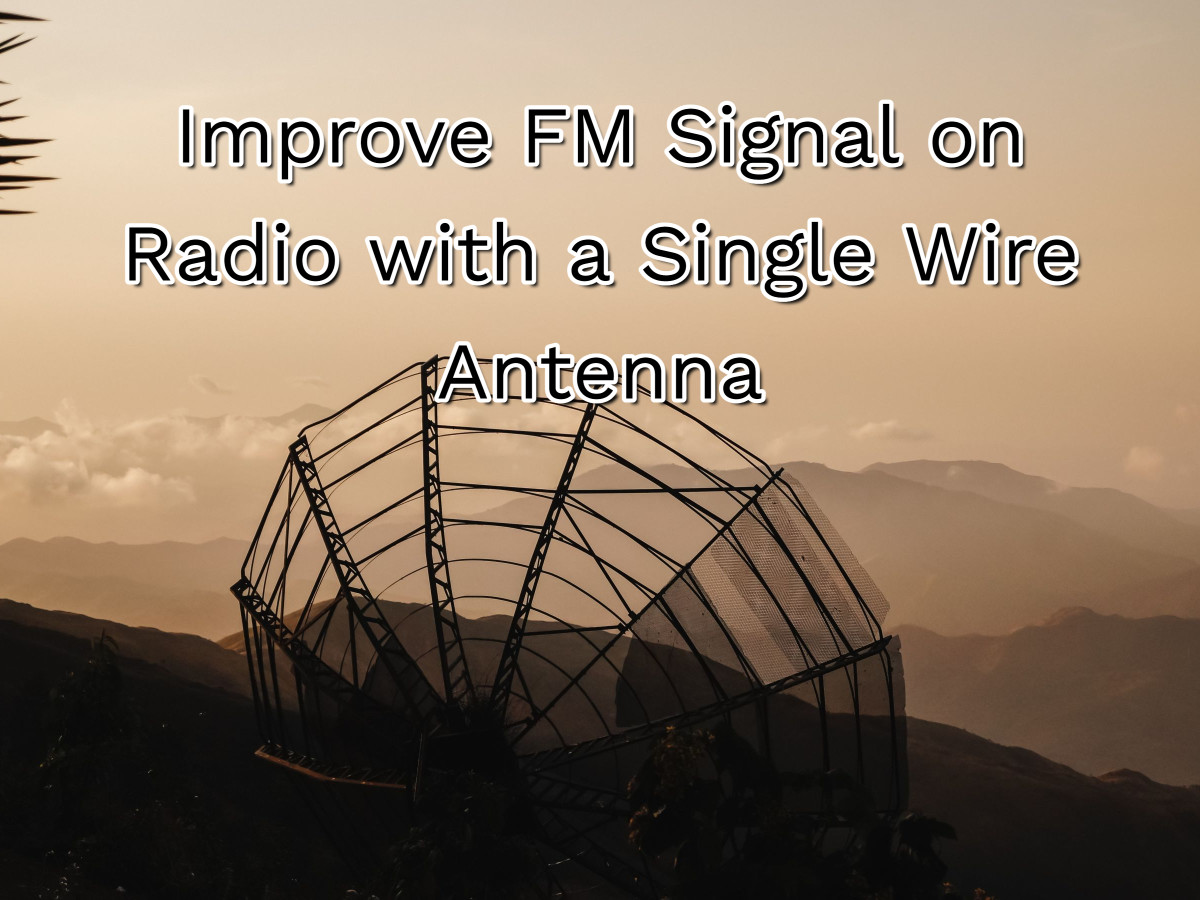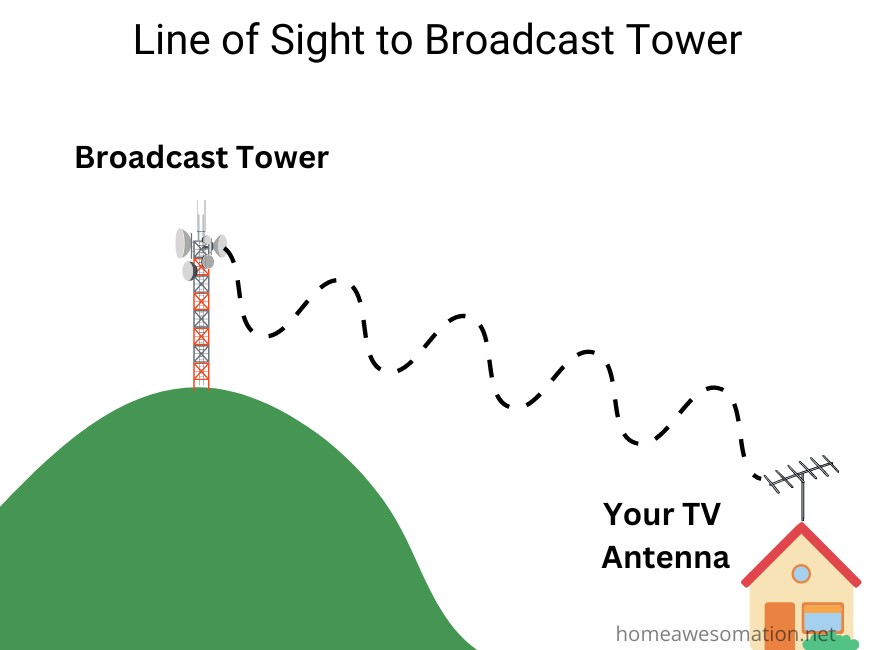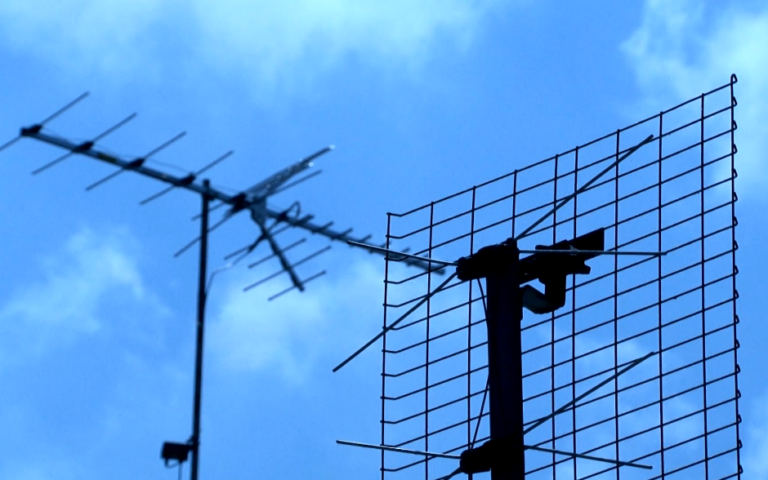How To Get Good Antenna Reception

In an era dominated by streaming services, a surprising resurgence is taking place: over-the-air (OTA) television. Millions are rediscovering the cost-effectiveness and reliability of free, broadcast TV. However, the key to unlocking this wealth of content lies in achieving optimal antenna reception, a challenge that can be surprisingly complex.
This article delves into the intricacies of maximizing your antenna's performance, guiding you through everything from choosing the right antenna to troubleshooting common reception issues. We'll explore the technical factors influencing signal strength and provide actionable advice for both urban and rural dwellers. Understanding these principles is crucial for anyone seeking to cut the cord and enjoy high-definition television without monthly bills.
Selecting the Right Antenna
The first step towards improved reception is choosing the appropriate antenna. Antennas are broadly categorized as either indoor or outdoor models. The best choice depends heavily on your location and the distance to broadcast towers.
Indoor antennas are convenient and easy to install, but their performance is often limited. They are best suited for viewers living in close proximity to television transmitters, typically within a 20-30 mile radius.
Outdoor antennas, while requiring more involved installation, offer significantly superior range and signal quality. These are essential for viewers living further from broadcast towers or in areas with obstructions such as hills or tall buildings.
Understanding Antenna Types
Within the broader categories of indoor and outdoor antennas, there are various types, each with its strengths and weaknesses. Omnidirectional antennas receive signals from all directions, simplifying aiming but potentially picking up unwanted interference. In contrast, directional antennas focus on signals from a specific direction, providing better gain and noise rejection.
Yagi-Uda antennas are a popular type of directional antenna, known for their high gain and narrow beamwidth. They are particularly effective for pulling in distant signals but require precise aiming. A loop antenna, often found in indoor models, is compact and performs well for local stations.
Choosing the right antenna also requires understanding the frequency bands used by television broadcasts. In the United States, stations transmit in the VHF (Very High Frequency) and UHF (Ultra High Frequency) bands. Ensure your antenna is capable of receiving both bands for comprehensive coverage.
Optimizing Antenna Placement
Even the best antenna will perform poorly if not positioned correctly. Height is a critical factor, as higher elevations typically offer a clearer line of sight to broadcast towers. Outdoor antennas should be mounted as high as possible, ideally on a roof or mast.
Carefully consider the direction of the broadcast towers. Websites like AntennaWeb or the FCC's DTV Reception Maps can help you pinpoint the location of transmitters in your area. Aim your directional antenna towards the cluster of towers for optimal results. Experiment with slight adjustments to find the sweet spot where signal strength is maximized.
For indoor antennas, try placing it near a window, preferably one facing the direction of the broadcast towers. Avoid placing the antenna near metal objects, which can interfere with the signal. Experiment with different locations and orientations within the room to find the best reception.
Addressing Common Reception Issues
Even with careful antenna selection and placement, reception problems can still arise. One common issue is multipath interference, where signals bounce off buildings or other obstacles, creating ghosting or distortion on the screen. Adjusting the antenna's position or using a more directional antenna can mitigate multipath effects.
Another source of interference is electromagnetic noise from household appliances, electronic devices, and even power lines. Shielding the antenna cable and moving the antenna away from potential noise sources can improve signal clarity. A preamplifier can boost weak signals, but it can also amplify noise, so use it judiciously.
Signal fade can occur due to weather conditions or seasonal changes. During periods of heavy rain or snow, signals may weaken temporarily. A more robust antenna or a signal amplifier may be necessary to overcome these fluctuations.
Troubleshooting and Signal Amplification
When troubleshooting reception problems, start by checking the antenna cable connections. Ensure the cable is securely attached to both the antenna and the television. Replace any damaged or corroded cables.
Use your television's signal meter to assess signal strength and quality. Most TVs have a built-in signal meter that displays the strength and quality of the received signal. Consult your TV's manual for instructions on accessing the signal meter.
If the signal is consistently weak, consider using a signal amplifier. A preamplifier is installed near the antenna to boost the signal before it travels down the cable, while a distribution amplifier is installed closer to the television to compensate for signal loss. Choose an amplifier with appropriate gain for your situation, avoiding excessive amplification, which can introduce noise.
The Future of OTA Television
Over-the-air television is evolving alongside advancements in technology. The transition to ATSC 3.0, also known as NextGen TV, promises improved picture quality, better audio, and interactive features. This new standard will require viewers to upgrade their televisions or purchase a compatible set-top box, but it will unlock a new level of OTA viewing experience.
Furthermore, the increasing availability of online resources and community forums dedicated to OTA reception is empowering viewers to troubleshoot problems and share best practices. With a little research and experimentation, anyone can unlock the potential of free, over-the-air television and enjoy a wealth of content without the burden of monthly subscriptions.
By understanding the principles of antenna selection, placement, and troubleshooting, viewers can maximize their reception and enjoy the benefits of free, high-quality broadcast television. The resurgence of OTA is a testament to its enduring value in an increasingly digital world.

